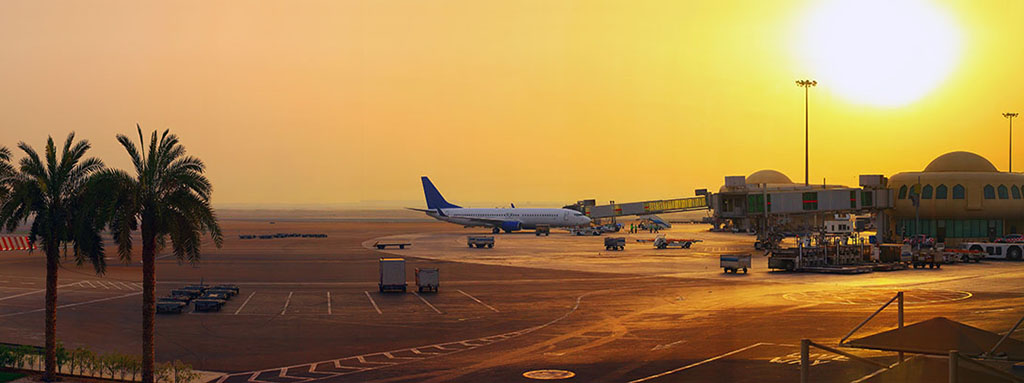Can a Region Sustain More Than One Airport?
There are many metropolitan regions around the world with more than one airport: New-York, Tokyo, London, Brussels. Air traffic forecast is expected to double worldwide in the next 20 years. As a result, a gap between demand and airport capacity in many metropolitan regions will certainly follow. Many airport planners from large urban areas around the world wonder – Do we need a second airport? –
Airport planning requires long-term thinking and a strategic vision.
Threshold for the viability of a second airport
As a rule of thumb, single runway airports start experiencing growth constraints when reaching the 20 million passenger mark. When the ability to increase capacity is reached – due to land constraints, growing opposition from local communities or environmental issues – congestion of the existing site emerges. As a result, passenger delays and business costs increase since people and tools are often forced to wait idly. At this stage, an opportunity for a secondary airport arises.
Airport planners may choose to revitalize under-utilized airports in the region – civil or military. This model is most seen in the US and Europe. On the other hand, in the absence of unused existing airports, new airports are being constructed in fast-growing metropolitan areas in Asia-Pacific and Latin America.
Secondary airports grow well around differentiated markets – e.g. low-cost airlines –
In many instances, the new airport is located further away from the city center. Since the original airport remains open, it makes it less attractive for airlines and passengers to shift to the new site. Under these circumstances, low-fares and reliable on-time operations are used to woo reluctant customers. As a result, secondary airports tend to grow around distinct market segments such as low-cost carriers. For example, Southwest in the US and Ryanair in Europe have played a key role in stimulating traffic to emerging airports.
Once the stage where two airports are viable is reached, the most reasonable strategy for airport planners would be to promote two differentiated products in the region. One airport, the primary airport, would target primarily hub-and-spoke traffic. The secondary airport would seek point-to-point airlines.
You can’t impose a new airport on an airline
Worldwide experience shows that governments have little say when dealing with air transport market forces. Airlines won’t move to a new airport unless there is a good reason. Furthermore, airlines tend to channel the bulk of their traffic through dominant airports. This is the case since bigger airports normally provide better ground services, better ground transportation networks and, logically, higher numbers of potential passengers. You can’t always impose an airport on an airline. When enforced by a stubborn government, if profitability is at stake, airlines can always choose to fly somewhere else.
Long-term thinking
Finally, airport planning requires long-term thinking and a strategic vision. At least a decade before the congestion of the existing airport occurs, local authorities must anticipate the development of a second airport, either by protecting the land for the future site or by securing the availability of an unused existing airport.



